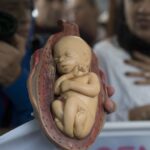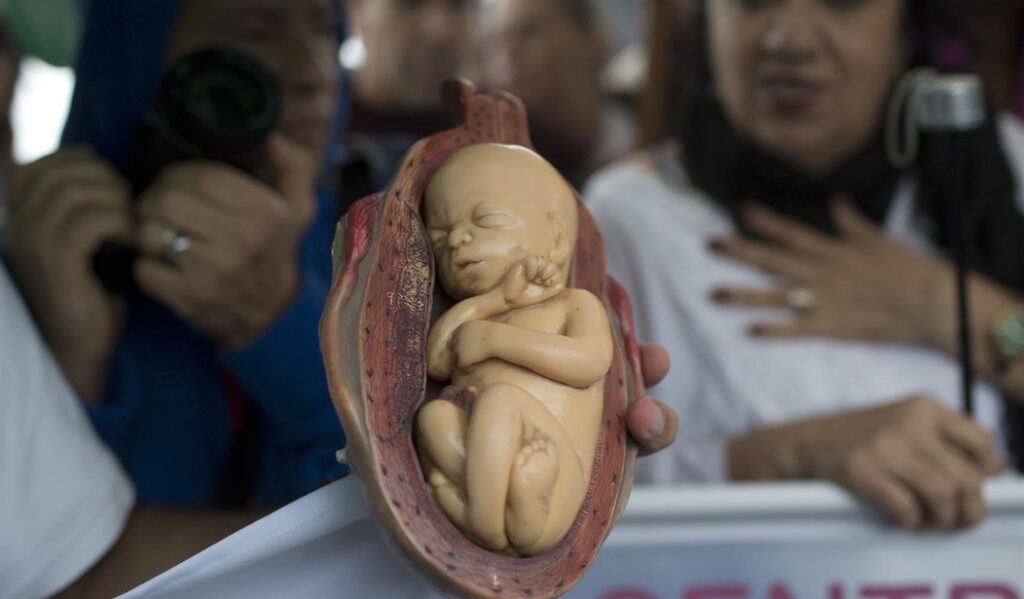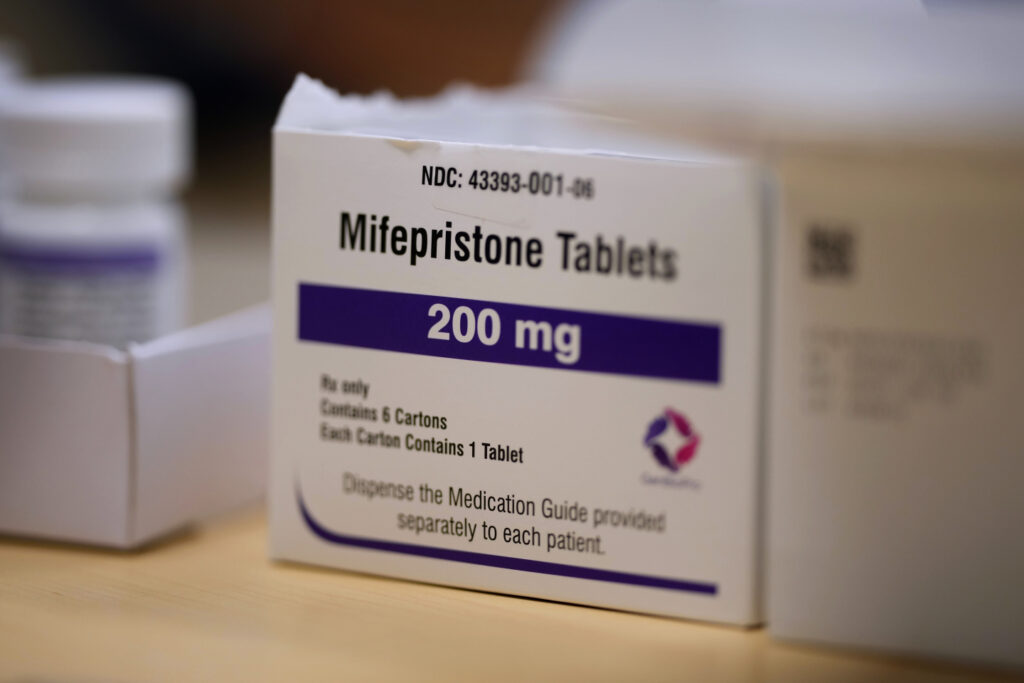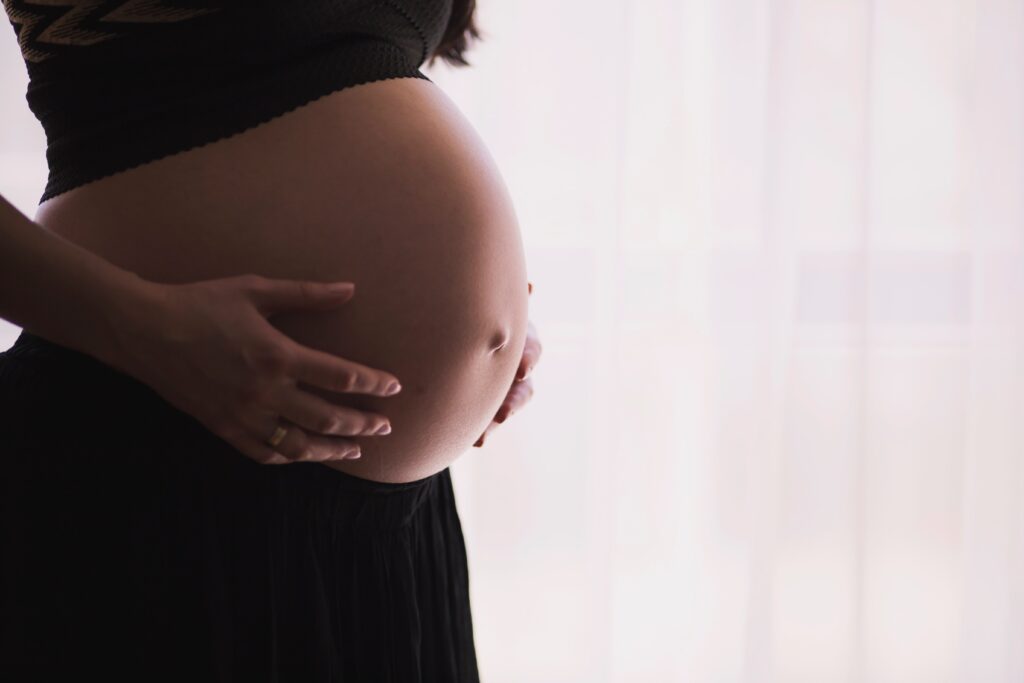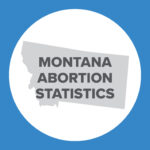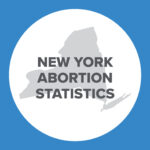Abortion Reporting: Arkansas (2020)
The Arkansas Department of Health released Arkansas’ 2020 abortion report in June 2021, showing that chemical abortions now make up more than half of all abortions reported in the state.
Changes in Arkansas Abortions, 2019-2020

The report does not include information on Planned Parenthood’s Arkansas abortion market share.
Abortion Totals and Trends
There were 3,154 abortions reported in Arkansas in 2020, up six percent from the previous year (Fig. 1). Chemical abortions jumped by 39 percent from 1,237 in 2019 to 1,725 in 2020, making up 55 percent of the total in 2020. The Charlotte Lozier Institute (CLI) estimates that Arkansas’ state abortion rate increased by six percent in 2020 to 5.5 abortions per 1,000 women ages 15 to 44 (Fig. 2). As of July 2021, 16 states had released 2020 abortion statistics, of which nine reported that abortions had increased from the previous year.
State Report Summary
In 2020, 88 percent of Arkansas abortions were performed on state residents, while 12 percent were on women from other states. Women from Tennessee made up the largest group of out-of-state women obtaining abortions in Arkansas, accounting for five percent of the total.
Sixty-one percent of the abortions were performed on women in their twenties, with 31 percent on women ages 20 to 24 and 30 percent on women ages 25 to 29. Twenty-six percent of Arkansas abortions were obtained by women in their thirties, and three percent were performed on women age 40 or older. Seven percent of the abortions were performed on girls ages 18 to 19, and three percent were on girls under the age of 18. According to the report, parental consent was required for 86 abortions, including 72 abortions on girls under the age of 18, two abortions on women ages 20 to 24, and one abortion on a woman between the ages of 25 and 29. Parental consent was provided in 68 cases, and a judicial waiver to the parental consent requirement was obtained in 37 cases. The report did not explain why some women over the age of 18 needed a parent or guardian to consent to their abortion; additionally, the report did not state why two 17-year-olds did not require parental consent.
More than half the abortions (54 percent) were performed on black women. Thirty-six percent were performed on white women, and nine percent were performed on women of other races. The Charlotte Lozier Institute estimates that the black abortion rate was 15.8 abortions per 1,000 women ages 15 to 44, over six times the white abortion rate (2.6). Ninety-four percent of Arkansas abortions were performed on non-Hispanic women, and six percent were on Hispanic women.
Eighty-nine percent of the abortions reported in Arkansas were on unmarried women, 10 percent were on married women, and one percent were on women of unknown marital status. Sixty-four percent of Arkansas abortions were performed on women with no previous abortions. A fifth of the abortions were performed on women with one prior abortion, and 16 percent were on women with two or more previous abortions. One third of the abortions were obtained by women with no prior live births, while 26 percent of the abortions were on women with one live birth and 41 percent on women with more than one.
Fifty-five percent of the abortions reported in Arkansas were chemical. Thirty-five percent were suction abortions, and 11 percent were performed using dilation and evacuation. Forty-three percent of the abortions occurred at six weeks post-fertilization or earlier, with 13 percent performed before five weeks and 30 percent performed between five and six weeks post-fertilization. Twenty-nine percent were performed between seven and eight weeks. Fourteen percent of Arkansas abortions occurred between nine and 10 weeks, and five percent were performed between 11 and 12 weeks post-fertilization. Four percent were performed between 13 and 14 weeks, and three percent were performed between 15 and 17 weeks. Not quite one percent each occurred at 18 and 19 weeks post-fertilization.
Arkansas also publishes a report on its informed consent process; because this data is collected separately from the abortion data, it is not directly comparable to the abortion report. In 2020, there were 3,751 women who received medical information related to the abortion, and 3,761 who received non-medical information. Fifty-two women who were seeking abortions at 20 weeks of gestation or later were provided with information on fetal pain.
Abortion Complications in Arkansas
2020 marked Arkansas’ first full year of data after a new complication reporting law went into effect.1 Arkansas publishes a separate complications report. Forty-five complications were reported in 2020, of which 40 resulted from chemical abortions. Four complications were caused by suction abortions, and one resulted from a dilation and evacuation procedure. There were 29 incomplete abortions, one cervical laceration, and 15 other unspecified complications. No babies were reported to have survived abortions in 2020.
State Ranking
In 2016, CLI evaluated abortion reporting across the 50 states, New York City, and the District of Columbia, and Arkansas’ reporting was ranked at 11th best. To improve its reporting, Arkansas could report the number of abortions performed at each abortion facility in the state. Additionally, Arkansas could provide more information on its parental consent process and report why consent was or was not required for young women seeking abortions in the state.
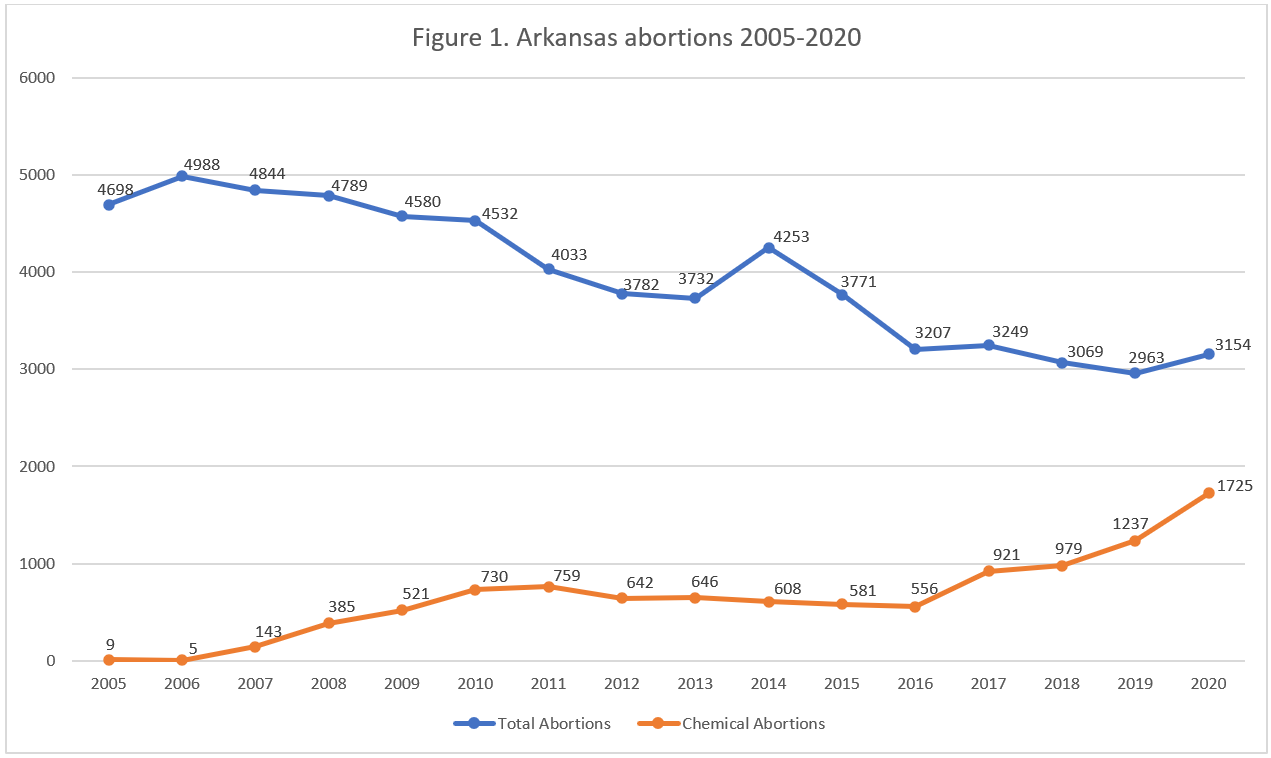
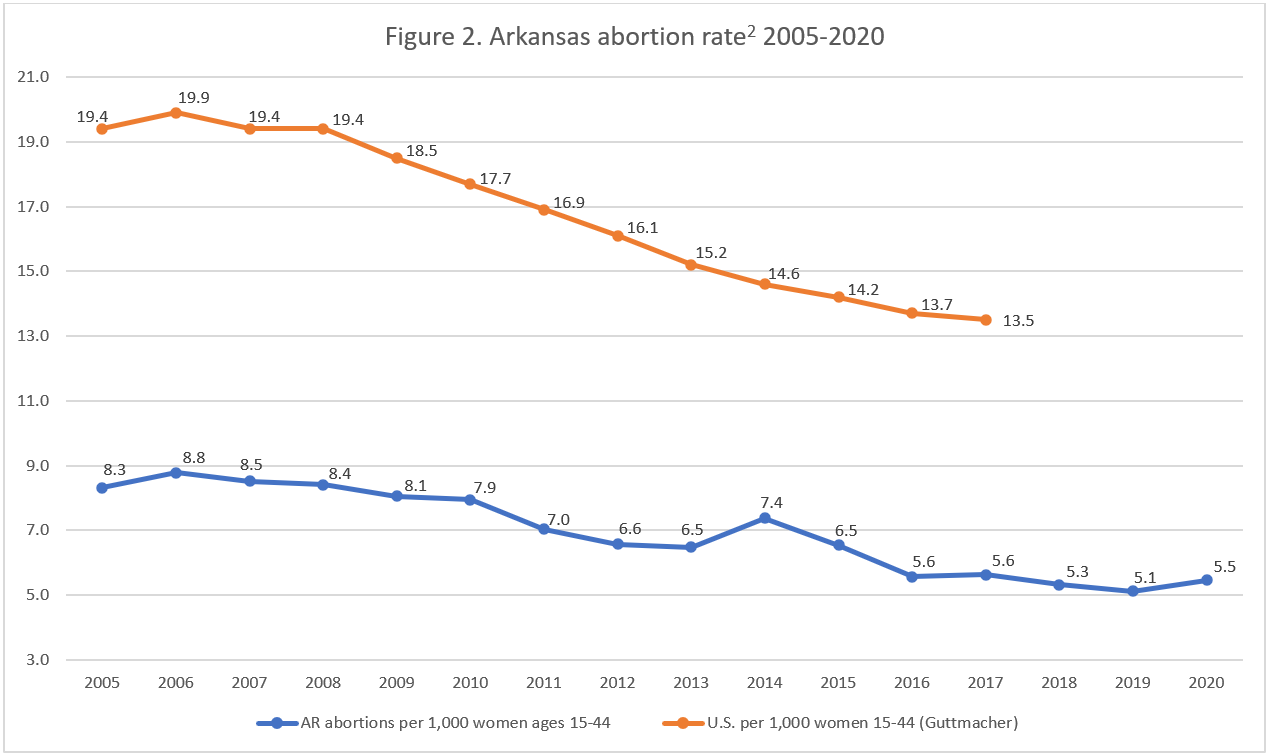
Statistics on abortion complications reported here represent a minimal number of deaths and complications.
- Rates were calculated by CLI using the following formula: (total number of abortions performed in Arkansas ÷ number of resident women ages 15-44) x 1,000. Rates may differ slightly from previous CLI articles due to revised population estimates. Population estimates were obtained from CDC WONDER.










